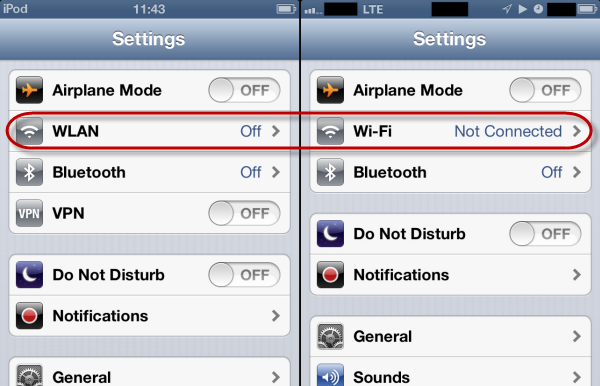
 The ease and convenience are the main factors in improving data communications. Whenever possible the main goal is wanting the least amount of affect in connecting yourself to others. Todays current technological advancements are enabling more of us to transmit and receive information without the hinderance of physical connections. Certainly, for network administrators and engineers, nothing presents more ease and comfort than the wireless means of connecting devices.
The ease and convenience are the main factors in improving data communications. Whenever possible the main goal is wanting the least amount of affect in connecting yourself to others. Todays current technological advancements are enabling more of us to transmit and receive information without the hinderance of physical connections. Certainly, for network administrators and engineers, nothing presents more ease and comfort than the wireless means of connecting devices.
WLAN, short for Wireless Local Area Network and sometimes called Wireless LAN, is a network of computers over distances of a few hundred feet that uses high frequency radio signals to transmit and receive data. The network can also connect multiple computers to a central information system, a printer, or a scanner. This provides mobility in networking and therefore frees us from the awkwardness of relying on cables for connectivity.
Simply put, WLAN allows peer-to-peer data communications and/or point-to-point within a relatively small area, a building or campus setting for example. Conventional LANs typically use twisted pair, coaxial wires or in some cases optical fibres. WLAN removes these physical connections and uses electromagnetic wave signals instead to transmit and receive data within the network. Potentially the transmission is not as fast as the one provided by a conventional LAN however for most users, average and industry professionals alike, the slower transfer rate is a minor limitation and does not pose a problem.
WI-FI means Wireless Fidelity. The term is actually a trademark name used to brand products that belong to a category of WLAN devices. The devices or hardware branded with the WI-FI trademark is based on the standards stated by IEEE 802.11. In most cases, WI-FI is considered by the majority as synonymous to the actual standard itself.
An association of companies all around the globe called “The WI-FI Alliance” endorses WLAN technology and the products involved with it. This alliance also certifies various hardware and devices if they measure up to the standards of interoperability. It should be mentioned that there are numerous devices that indeed conform to the standards but are not certified by the WI-FI Alliance and therefore, do not sport the WI-FI logo. The reason for this is the cost and hassle of the certification procedure.
A WI-FI (ready) device effectively means that it is ready for use in a WLAN. Such devices range from desktop computers, laptops, notebooks, to smartphones, palm tops, and other small devices.
